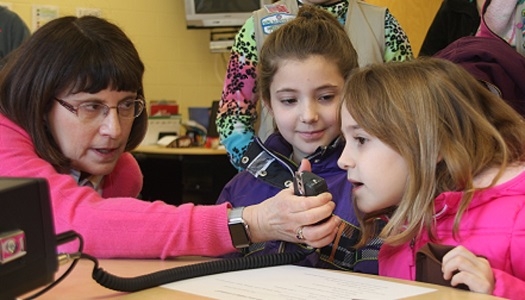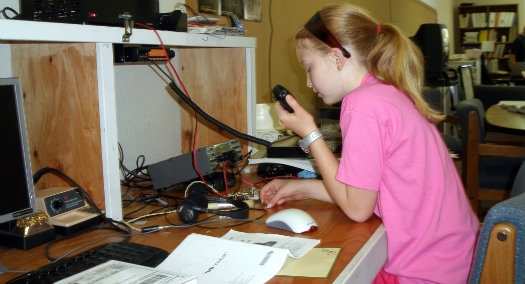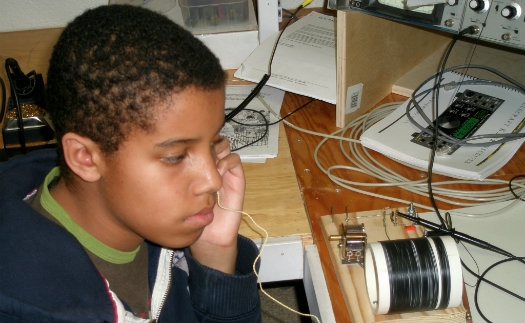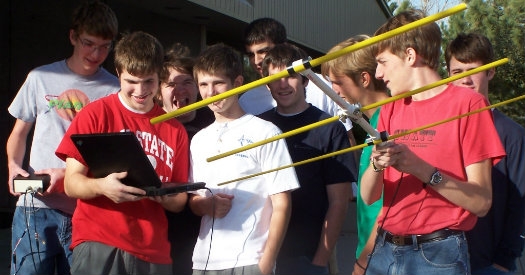What is JOTA? When Scouts want to meet young people from another country, they usually think of attending a World Jamboree. But few people realize that each year more than a million Scouts and Guides “get together” over the airwaves for the annual Jamboree-on-the-Air (JOTA).
During the 2014 event, worldwide Scouting participation included 1.1 million Boy Scouts and 200,000 Girl Guides/Gils Scouts, for a total participation of over 1.3 million–the largest Scouting event in the world.
Modern technology offers Scouts the exciting opportunity to make friends in other countries without leaving home. JOTA is an annual event in which Boy and Girl Scouts and Guides from all over the world speak to each other by means of Amateur (ham) Radio.

Scouting experiences are exchanged and ideas are shared via radio waves. Since 1958 when the first Jamboree-on-the-Air was held, millions of Scouts have met each other through this event. Many contacts made during JOTA have resulted in pen pals and links between Scout troops that have lasted many years. With no restrictions on age or on the number of participants, and at little or no expense, JOTA allows Scouts to contact each other by ham radio.
The radio stations are operated by licensed amateur radio operators, who volunteer their time, and often their own stations. Many Scouts and leaders hold licenses and have their own stations, but the majority participate in JOTA through stations operated by local radio clubs and individual radio amateurs. Some operators use television or computer-linked communications.

Amateur Radio STEM Learning Projects
Amateur radio is very committed to STEM (Science, Technology, Engineering and Math) learning projects One technical tool is one of them taking place in New York.
Why Amateur in the classroom? Amateur Radio has long been fertile ground for gaining knowledge and skill with electronics technology, as well as for hands-on experimentation and application of technology. Using Amateur Radio in the classroom is a proven and effective way to teach both fact and theory and align with state and national learning objectives– in STEM curricula– as well as other content areas.
ARRL’s Education & Technology Program, provides resources and training to help teachers learn how basic electronics and radio science is applied in today’s technologies, and how to bring this knowledge to their students. An overarching goal of the Program is wireless technology literacy, for teachers and students alike.

Amateur Radio allows communication via a variety of methods across social, political, cultural, geographic and physical handicap boundaries.

Amateur Radio integrates math, science, geography, reading and writing.

ARRL Teachers Institute on Wireless Technology

As part of their educational outreach to schools through our Education & Technology Program, each summer the ARRL offers multiple sessions of the Teachers Institute on Wireless Technology, an all expenses, paid professional development seminar, in locations throughout the U.S.
The Teachers Institute provides teachers at all grade levels with tools and strategies to introduce basic electronics, the science of radio, space technology and satellite communications, as well as weather science, introduction to micro-controllers and basic robotics into their classrooms. The curriculum is designed for motivated teachers and other school staff who want to learn more about wireless technology and bring that knowledge to their student
